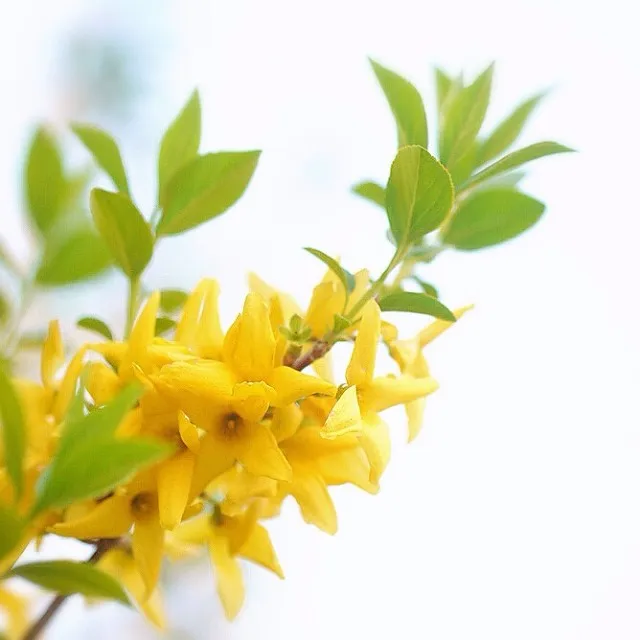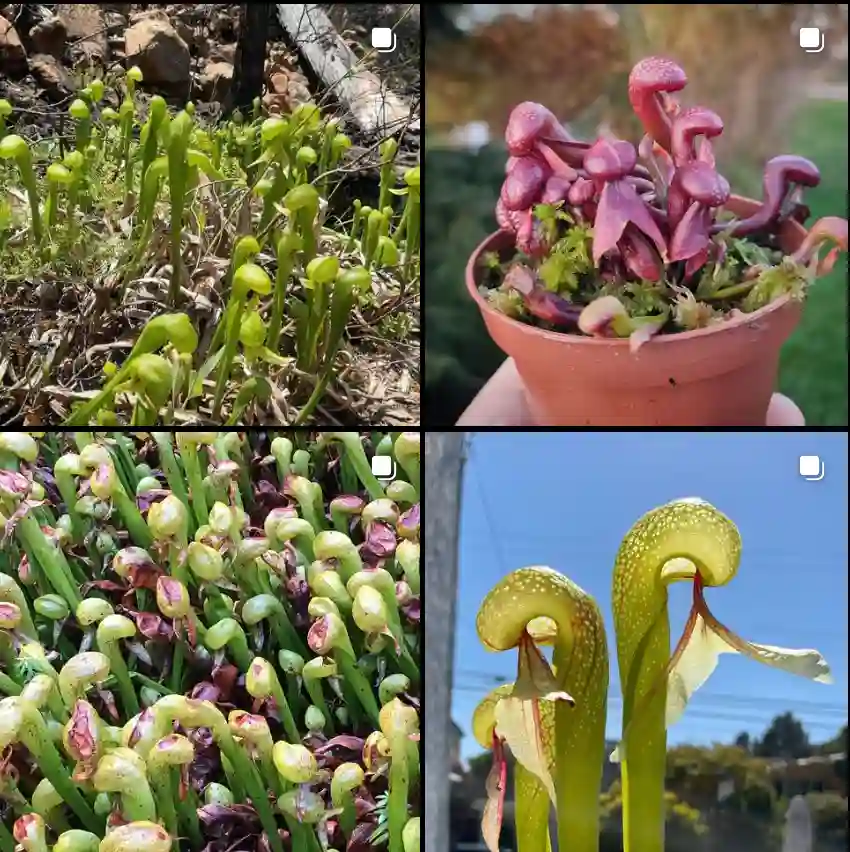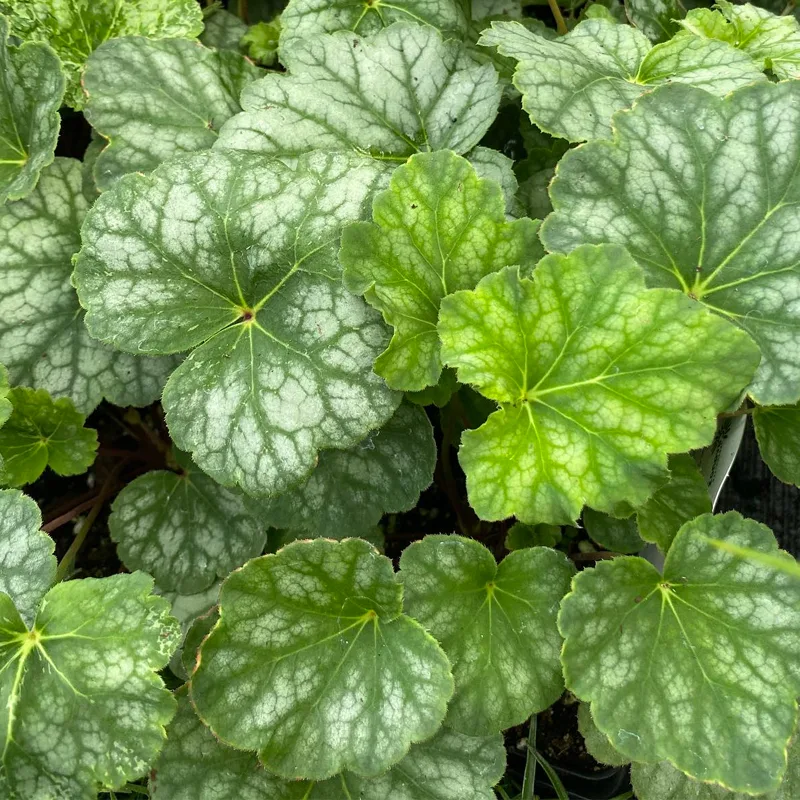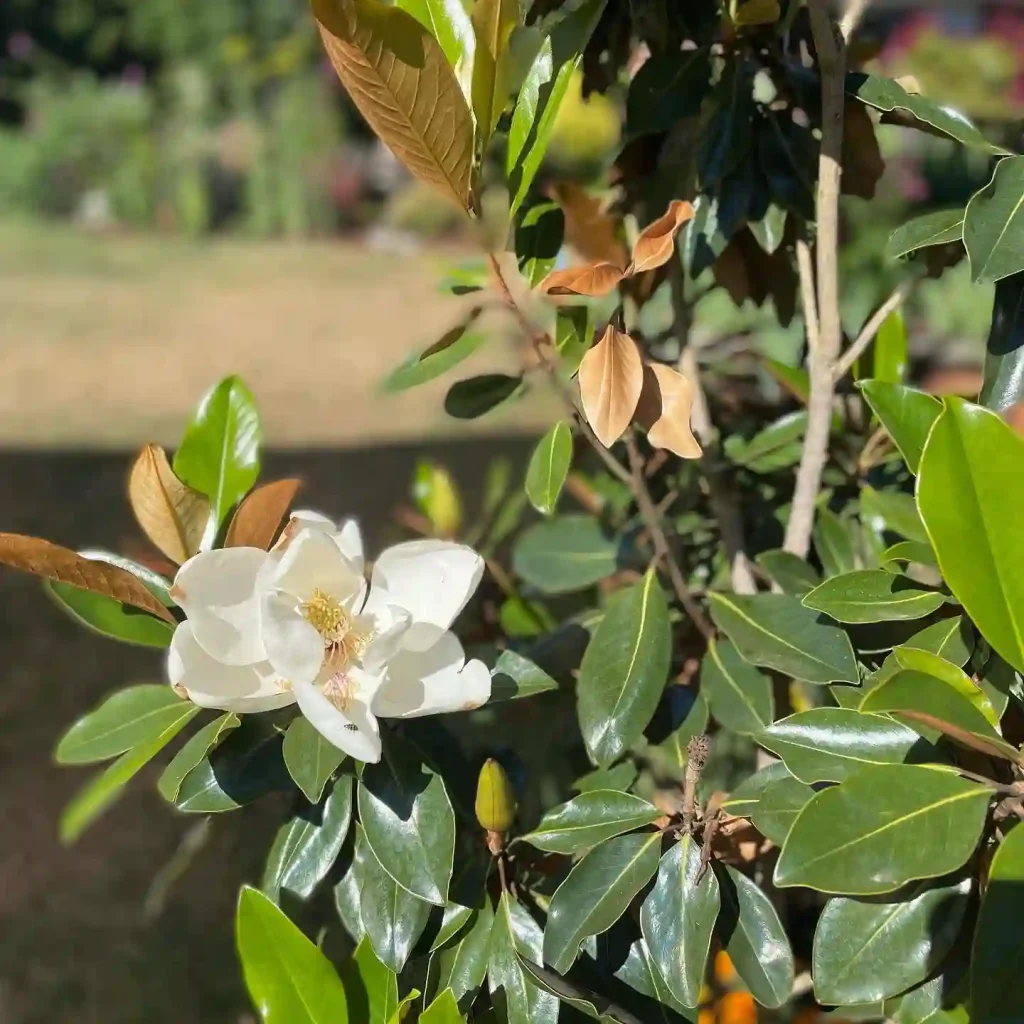Scindapsus Black Mamba: The Dark and Enigmatic Vine – An FAQ by Ferb Vu
The Scindapsus Black Mamba has captivated plant enthusiasts with its dramatic, almost black foliage. It’s a stunning addition to any indoor space, but its unique appearance can lead to questions about care and comparison to other popular plants.
In this FAQ, I’ll answer your burning questions about the Scindapsus Black Mamba, from its light and watering needs to its growth potential and common issues.
36 Species in Genus Scindapsus
What is a Scindapsus Black Mamba?
The Scindapsus Black Mamba is a climbing vine native to Southeast Asia, belonging to the Araceae family (Aroids) alongside popular houseplants like Monstera Deliciosa (Swiss Cheese Plant) and Philodendron. This tropical beauty boasts dark green, almost black, heart-shaped leaves with a glossy sheen. The leaves have a puckered texture, adding another layer of visual interest.
How do I care for a Scindapsus Black Mamba?
Here’s the good news: the Scindapsus Black Mamba is a relatively low-maintenance plant. Here are some key points to keep in mind:
- Light: This plant thrives in bright, indirect light. Avoid harsh midday sun, which can scorch the leaves. A north-facing window or a spot a few feet away from a south-facing window is ideal.
- Watering: Allow the top inch of soil to dry out completely between waterings. Overwatering is a common mistake with Scindapsus, so err on the side of underwatering.
- Soil: A well-draining, airy potting mix is crucial. Aroid mix or a combination of potting soil, perlite, and orchid bark works well.
- Temperature: Aim for temperatures between 65°F and 80°F (18°C and 27°C). Avoid sudden temperature fluctuations.
- Humidity: While Scindapsus Black Mamba tolerates average household humidity, it thrives with extra moisture. Consider a humidifier or grouping your plants together to increase humidity.
- Fertilizer: During the growing season (spring and summer), a balanced liquid fertilizer diluted to half strength can be applied once a month. Withhold fertilizer in fall and winter.
How big does a Scindapsus Black Mamba get?
In ideal conditions, a Scindapsus Black Mamba can climb and grow upwards of 15 feet (5 meters). However, as a houseplant, its growth can be managed through pruning.
How do I propagate a Scindapsus Black Mamba?
Propagation is a great way to share your plant or create a fuller pot. Here’s a simple method:
- Take a stem cutting with at least 2 nodes (leaf junctions).
- Remove the lower leaves and dip the cut end in rooting hormone (optional).
- Plant the cutting in a pot with well-draining soil and moisten the soil.
- Cover the pot with a clear plastic bag to create a mini greenhouse.
- Provide bright, indirect light and keep the soil evenly moist.
- Remove the plastic bag once roots develop.
Scindapsus Black Mamba vs. Scindapsus Pictus
These two Scindapsus varieties are often confused due to their similar heart-shaped leaves. However, key differences exist:
- Color: Scindapsus Black Mamba boasts dark green, almost black leaves, while Scindapsus Pictus has silvery-green variegation on its foliage.
- Growth habit: Scindapsus Black Mamba is a faster climber, while Scindapsus Pictus is a slower grower with a bushier appearance.
- Light: Scindapsus Black Mamba tolerates lower light levels compared to Scindapsus Pictus, which prefers brighter indirect light.
Common Scindapsus Black Mamba Issues:
- Brown leaves: This can be caused by underwatering, overwatering, or excessive light. Check your watering routine and light placement.
- Yellowing leaves: This could be a sign of overwatering or nutrient deficiency. Ensure proper drainage and adjust your watering habits. Consider fertilizing once a month during the growing season.
- Pests: Mealybugs and spider mites can occasionally be an issue. Regularly inspect your plant and treat infestations promptly with insecticidal soap or neem oil.
Final Thoughts
The Scindapsus Black Mamba is a stunning and relatively easy-to-care-for houseplant. With its dark, dramatic foliage and climbing habit, it adds a touch of elegance and intrigue to any indoor space.
If i die, water my plants!



